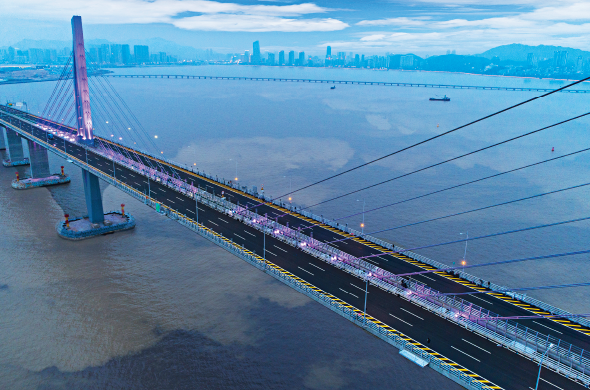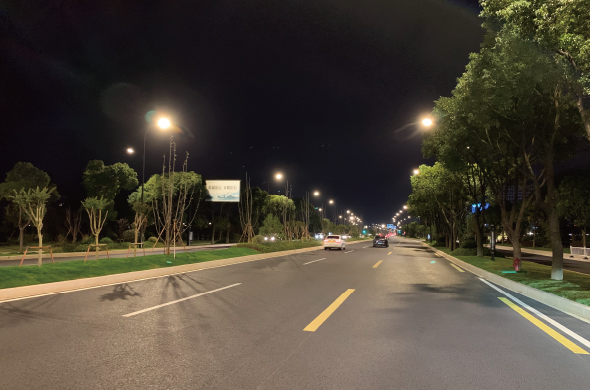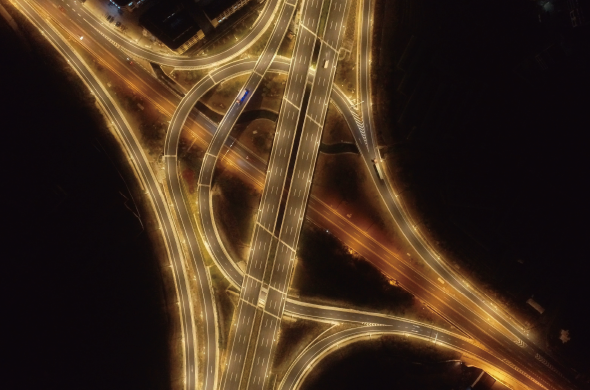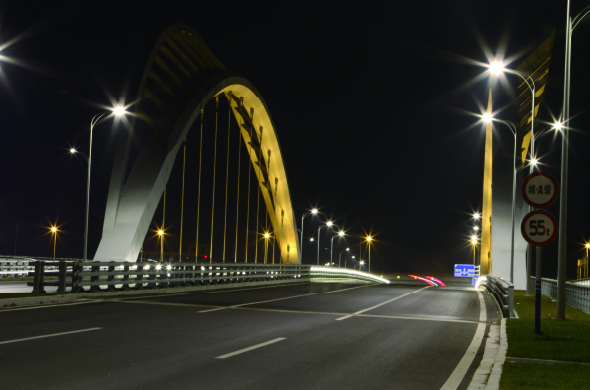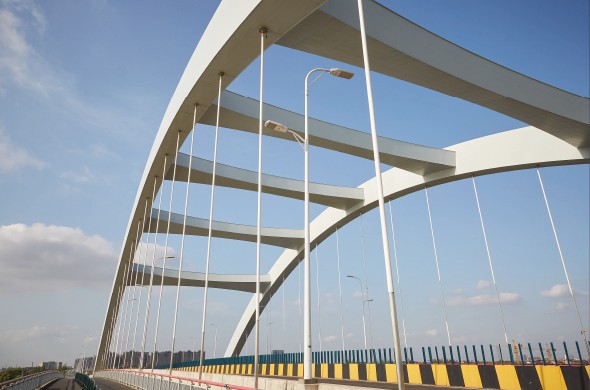Sansi LED: Sustainable LED Lighting and Integrated LED Display
Delivering premium and professional LED Display, LED Lighting, Smart City Integration solutions, trusted by over 60,000 companies worldwide everyday. From industrial lighting to commercial lighting, from outdoor advertising to XR & VR production, Sansi LED greatly improves the quality and sustainability of your business with 30 years of expert experiences.
With the popularity of LED lighting technology and the increasing application of integrated solutions in road lighting, the geographical location and urban area directly influence the demands on street light functionality. Below is an analysis of how different environments have varying demands for street light performance:
Downtown Areas
In downtown areas, street light performance is crucial as these areas are typically commercial or cultural centers. Due to the high population density and busy activities in these places, street lights need to provide sufficient brightness and uniform light distribution to ensure the safety of pedestrians and vehicles. Additionally, downtown areas often have higher security requirements, so street lights also need to have nighttime monitoring functions to help reduce criminal activities.
Residential Areas
In residential areas, the demand for street lights mainly focuses on providing a comfortable lighting environment and reducing light pollution. People expect street lights to offer soft illumination at night while minimizing light pollution to avoid disrupting the lives of surrounding residents. Moreover, considering that residential areas are typically where families and children gather, street lights also need to be energy-efficient and environmentally friendly to reduce energy consumption and environmental impact.
Suburbs and Rural Areas
In suburbs and rural areas, the demand for street lights leans more towards providing basic safety lighting. Since these areas have lower population density and less road traffic, the main focus is on ensuring that street lights provide adequate brightness at night to guarantee the safety of drivers and pedestrians. Furthermore, considering that rural areas are more susceptible to inclement weather conditions, street lights need to have a waterproof and dustproof design to ensure their stable and reliable operation.
Coastal Areas
In coastal areas, the requirements for street light performance will also have some special considerations. Firstly, coastal areas are often affected by sea winds, so street lights need to have corrosion resistance and wind resistance to withstand the corrosion and damage caused by salt spray. Additionally, the coastal region's climate is changeable, requiring street lights to have waterproof and moisture-proof properties to ensure stable operation in humid environments.
Furthermore, visibility at night in coastal areas may be affected by sea fog and rain, so street lights need to have certain anti-fog and waterproof performance to ensure they can provide good lighting effects even in adverse weather conditions. Moreover, the nighttime temperatures in coastal areas are relatively low, so the luminous efficiency and stability of street lights also need to be emphasized to ensure that they can work properly and provide sufficient brightness in cold environments.

